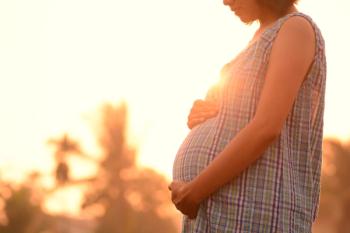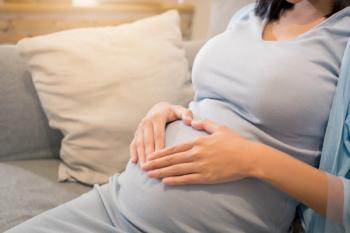
High rates of unintended pregnancy in women with disabilities
New research indicates that unintended pregnancy is much more likely in women with than without disabilities
New research indicates that unintended pregnancy is much more likely in women with than without disabilities. Research in the general population indicates that outcomes for both mother and child are better in intended pregnancies, and that may be especially true for those with disabilities, who may have complex medical situations and require additional care.
The objective of the
Methods
Cross-sectional analyses of data from the 2011-2013 and 2013-2015 waves of the
Findings
A total of 5,861 pregnancies in 3,089 women were included in the study. Women who reported a disability accounted for 16% of the sample. They were less likely than women without disability to be married or cohabiting (60% vs 77%) or to have a college degree (19% vs 42%), and more likely to be living below the federal poverty line (47% vs 30%). Of all pregnancies in the sample, 39% were unintended, and 17% occurred to women with disabilities. Compared with pregnancies among women without disabilities, a significantly higher proportion of pregnancies that occurred among women with disabilities were unintended (53% vs 36%). The proportion of unintended pregnancies also varied by disability type, ranging from 47% among women with physical disabilities to 62% among women with independent living disability.
In regression analyses that were adjusted for covariates, women with any type of disability were more likely to have an unintended pregnancy than women without disability (OR 1.4). Women with hearing disability, cognitive disability, and independent living disability (OR 1.5 – 1.9) were significantly more likely to have an unintended pregnancy.
Conclusions
The authors believe their findings indicate that women with disabilities had higher odds of unintended pregnancy compared to women without disability. That is concerning, they said, due to the elevated health risks associated with unintended pregnancies along with the extra care a patient with a disability may require during her pregnancy. However, further research is necessary to better understand the reasons for the high rates of unintended pregnancy in this population. It is also important, they said, to ensure that sex education includes individuals with disabilities and appropriate accommodations are necessary to facilitate learning.
Newsletter
Get the latest clinical updates, case studies, and expert commentary in obstetric and gynecologic care. Sign up now to stay informed.









